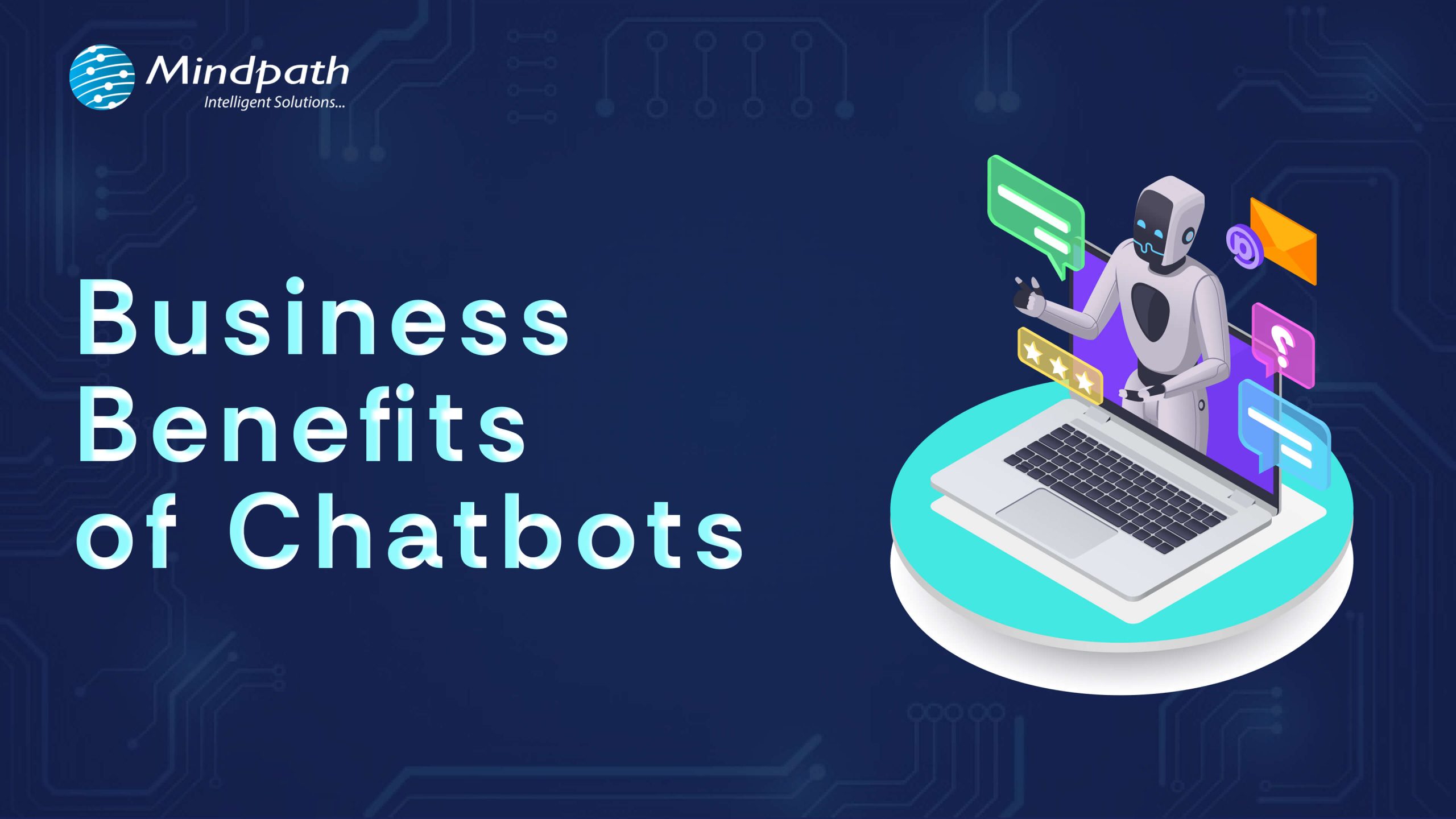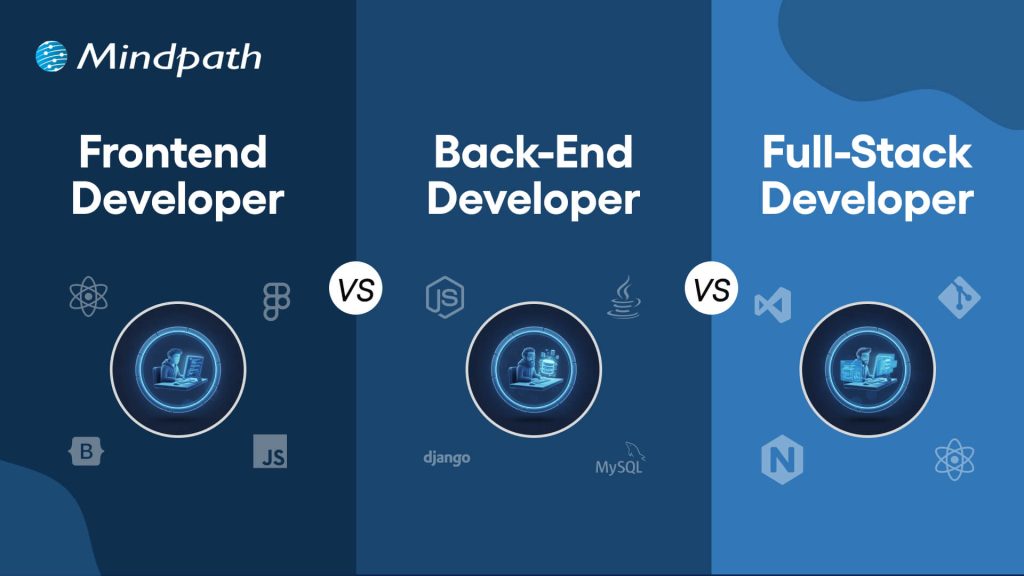Things to Keep in Mind While Choosing Healthcare Software Development Company

1. Healthcare Technology Expertise
While looking for a company to handle your health app development, consider their health technology expertise. The thing is that healthcare software must abide by strict rules under HIPAA, HITECH, and GDPR; therefore, developers need to know them well. You’ll want to partner with a company that really knows the inner workings of healthcare and how doctors and patients’ interface with the software. This is important in as much as it needs to integrate well with other existing systems like EHRs and telehealth services. Choosing experience in developing medical platforms makes the process effective and smooth.
2. Proven Experience & Portfolio
A successful healthcare platform depends on its features. To assess a company’s capability, review their portfolio and case studies of past projects. Ask for healthcare technology providers who make custom healthcare solution development in their portfolio. Then, you can judge the idea about their healthcare platform development process, and check if they can do the software you need. These will show you their experience and help you understand if they can create the software you need. Checking client testimonials can also provide valuable insights into their work.
3. Effective Development Process & Communication
While choosing the platform development company in healthcare, understand what their development process is. The majority use either a waterfall or agile approach. Make sure they adhere to best practices for healthcare software, and the method applied suits your needs. Ask the company about their approach toward development and choose one that is transparent and flexible. A good company will have only one dedicated team for your project: developers, designers, and project managers. You will be updated regarding all procedures with regular communication with them, and the project is on track.
4. Scalability & Security
Choose custom healthcare software that will grow as your practice does. It should handle increased use as your needs expand. And then there’s security which is very important. Be sure that the company has strong security in place to keep patient data safe. Regular security audits and tests are particularly critical in ensuring the safety and compliance of your software.
5. Cost & Timeline Factors
Development of a healthcare app can be quite expensive, so getting quotes from several companies will help in understanding the real cost and, hence setting a realistic budget. Some major factors which govern the price of the work include ownership rights to the product, features and integrations required, level of customization and maintenance, and continuous support needed. Also, an agreement on the timeline for the project’s completion is important. Some may promise to deliver within the quickest time but eventually miss the deadlines and cause a disturbance in workflow for your practice.
How Can Mindpath Help Provide Software Development for Healthcare
Mindpath offers a comprehensive healthcare software development lifecycle, serving the exact needs of healthcare providers, patients, and other stakeholders.
1. Healthcare Software Development Consultation
We always start with expert advice that outlines the goals and requirements necessary in your software development project in healthcare. Our consulting services take you from the initial brainstorming to detailed planning, ensuring that you have a very clear roadmap to success.
2. Healthcare Software Development
We develop all kinds of healthcare software, from electronic health records and practice management systems to patient portals. We design them secure, scalable, and compliant with industry regulations to optimize patient care and operation efficiency.
3. UI/UX Development
Our design team will orient towards the creation of intuitive and user-friendly interfaces. We ensure your software is easy to use, visually appealing, and accessible for every user to make it engaging and user-friendly in function.
4. AI Chatbot for Healthcare
We develop AI chatbots for healthcare that handle activities like answering patients’ queries, making appointments, and dissemination of medical information. Such chatbots enhance patient interaction and reduce workload from your healthcare staff.
5. Healthcare Software Modernization
We upgrade and modernize previously existing software systems. This would involve migration from an outdated platform to a new one, adding new features to your present software, and ensuring that your software remains updated and effective amidst the changing landscape of healthcare.
6. Maintenance & Support
Our team will also be there to provide ongoing maintenance and support to keep your software running smoothly. We resolve any issues and deploy updates that need to be done to your system.
We deliver top, effective healthcare software solutions using cutting-edge technologies like Artificial Intelligence, Machine Learning, and Data Science with tools such as React, JavaScript, Node.js, Python, and MongoDB to help you reach your goals.
Ready to Transform Your Healthcare Practice?
See how our cutting-edge solutions at Mindpath help in enhancing healthcare operations to improve patient care.
Why Choose Mindpath?
Mindpath stands as one of the major choices for healthcare software development because of our vast experience in the industry and our commitment to excellence. Years of experience in understanding the intricacies of the healthcare sector, coupled with knowledge of compliance, data security, and challenges to patient care, help set us apart from other solution providers. We give tailored solutions to satisfy your organization’s needs, driving up operational efficiency and patient outcomes. We deliver cutting-edge solutions to drive innovation in healthcare by leveraging advanced technologies such as AI, Machine Learning, and Blockchain. On the security front, we are pledged to ensuring that each of our solutions is designed to the greatest standards of data protection and, above all, comply with healthcare regulations like HIPAA and GDPR. Added to this is the support from our end for your technology initiatives, from the first consultation to continuous maintenance.
Conclusion
Choosing the right healthcare software development company would, therefore, mean ensuring that your healthcare organization runs efficiently and effectively. This ranges from adhering to regulations in this field to building scalable and secure platforms—the right company should be able to handle all your needs and promote better patient care and operational efficiency. From consultation to support and maintenance, Mindpath delivers end-to-end healthcare software development services that ensure your technology initiatives are a success. Our team of experts works with you to understand your unique requirements and provides solutions tailored precisely to your objective.
Looking for a Healthcare Software Developer for Your Next Project?














